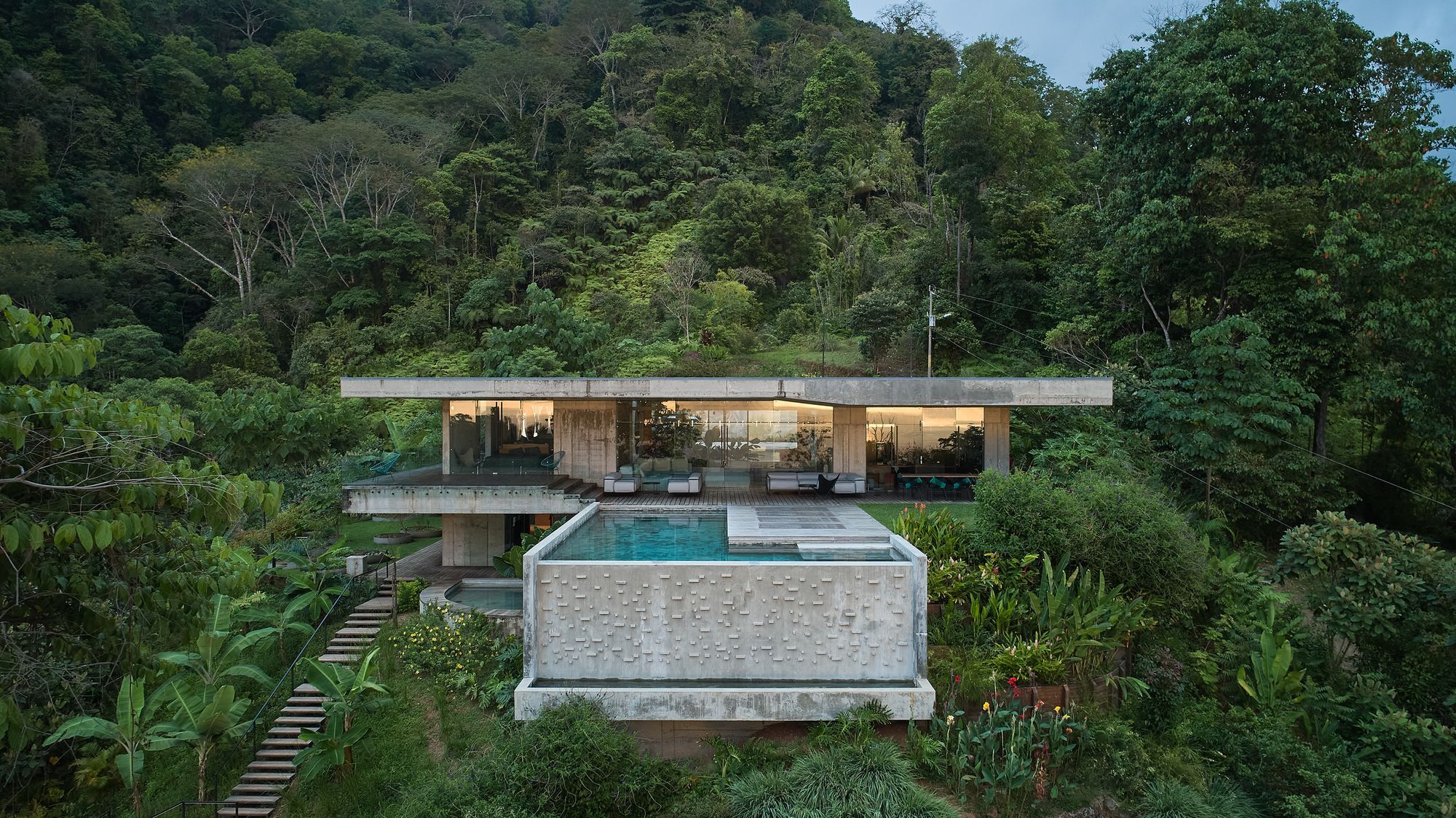A new architectural trend that is gaining attention among lay people too. The movement is creating buildings that are not only aesthetically stunning but also blend harmoniously with the environment and actively reduce environmental impact. As an illustration, we’ve brought you the projects of the Czech studio Formafatal from Costa Rica.
Brutalism has been enjoying a renaissance in recent decades, as more and more young people are attracted to these monstrous concrete buildings that sacrifice all frills that are not functional on the altar of radical honesty. We have also addressed this issue in a number of recent articles. If you want to delve into the brutalist architecture of the region, check out our previous articles on Tallinn or even Tbilisi.
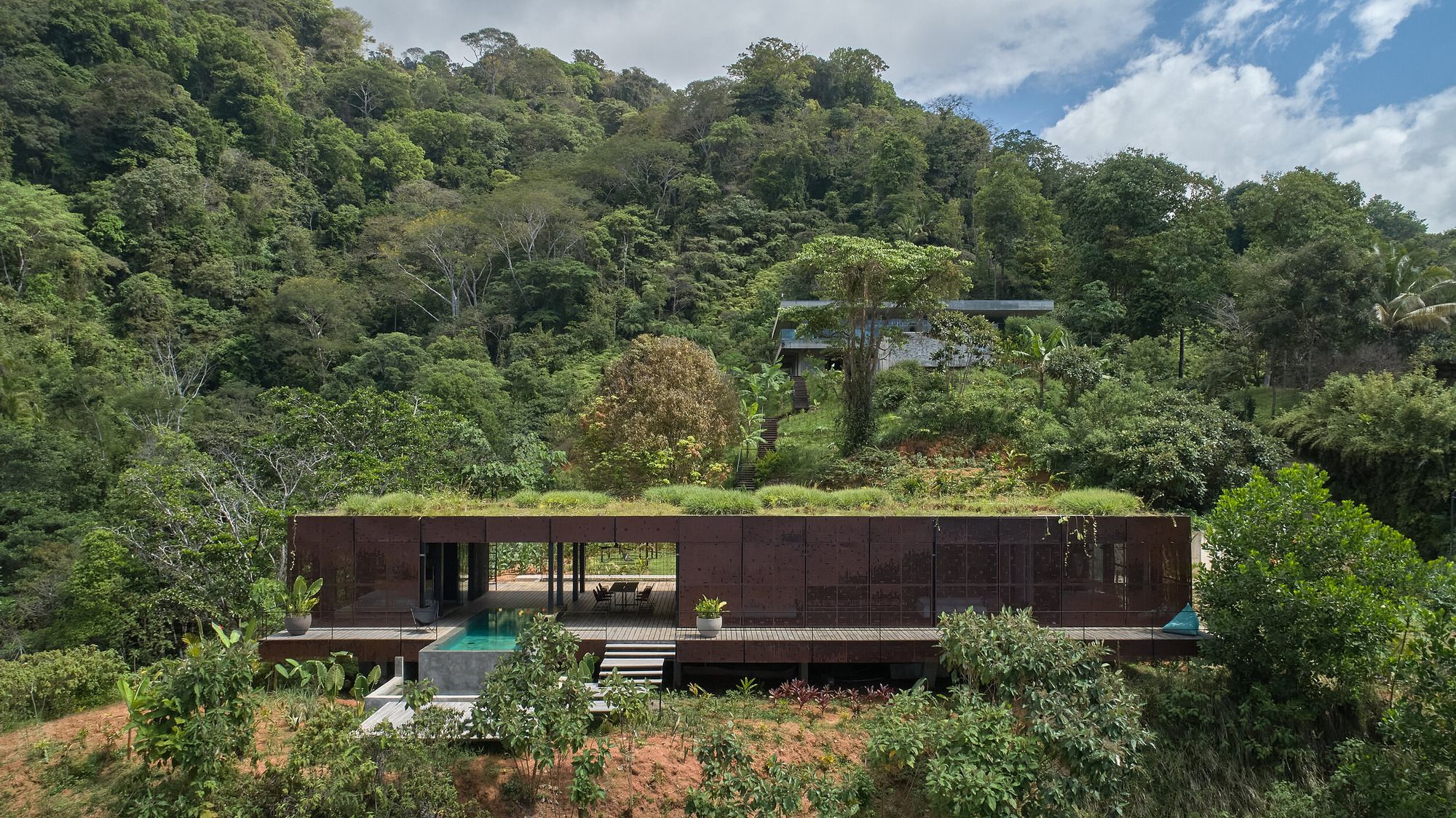
After the Second World War, when brutalist buildings were in their first golden age, there was a sudden demand for raw pragmatism, cutting back on anything deemed unnecessary in the design of buildings. As a result, monstrosities were created with huge masses of concrete, which greatly divided the public. In contrast, eco-brutalist designs are all about combining raw concrete elements with green flora, so that man-made, robust, geometric shapes meet the organic forms and vivid vibe of nature. This allows them to blend more harmoniously into their surroundings, while still retaining the characteristic minimalist look of brutalism.

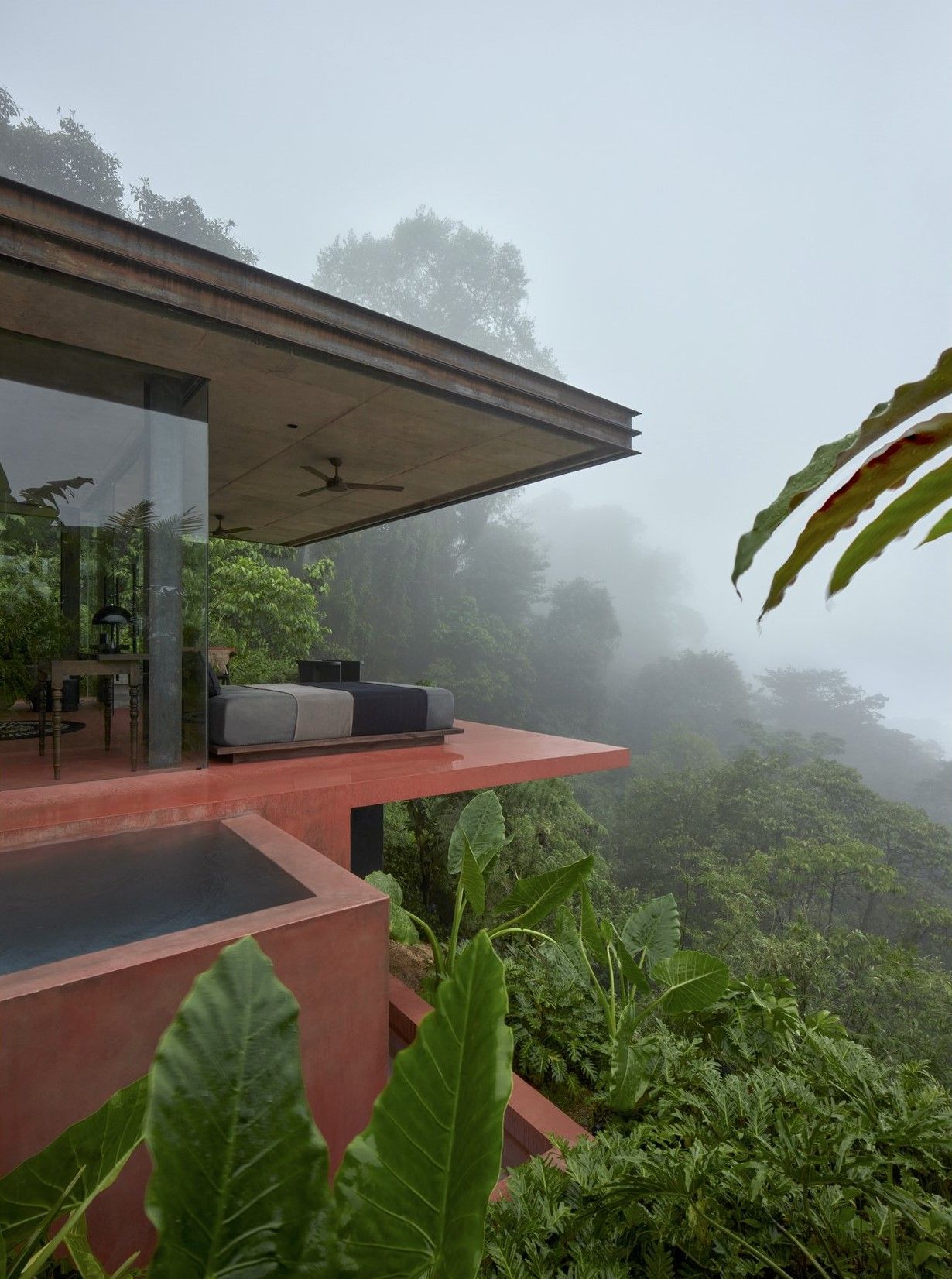
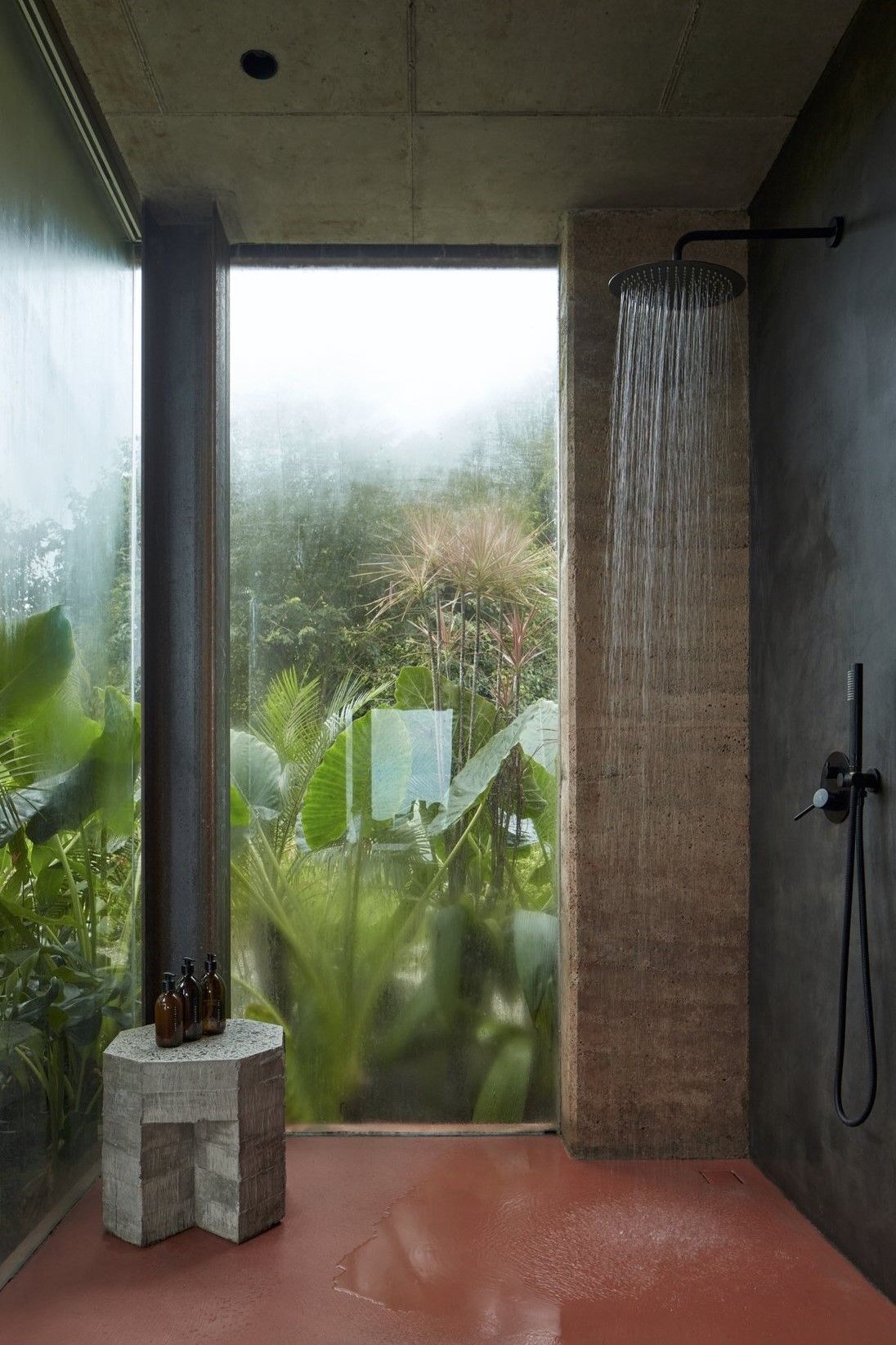

In addition, advocates of the style point out that these designs are primarily for sustainability as well as aesthetic value, as the plants not only decorate the space but also naturally reduce heat absorption, improve air quality, and provide habitat for wildlife.
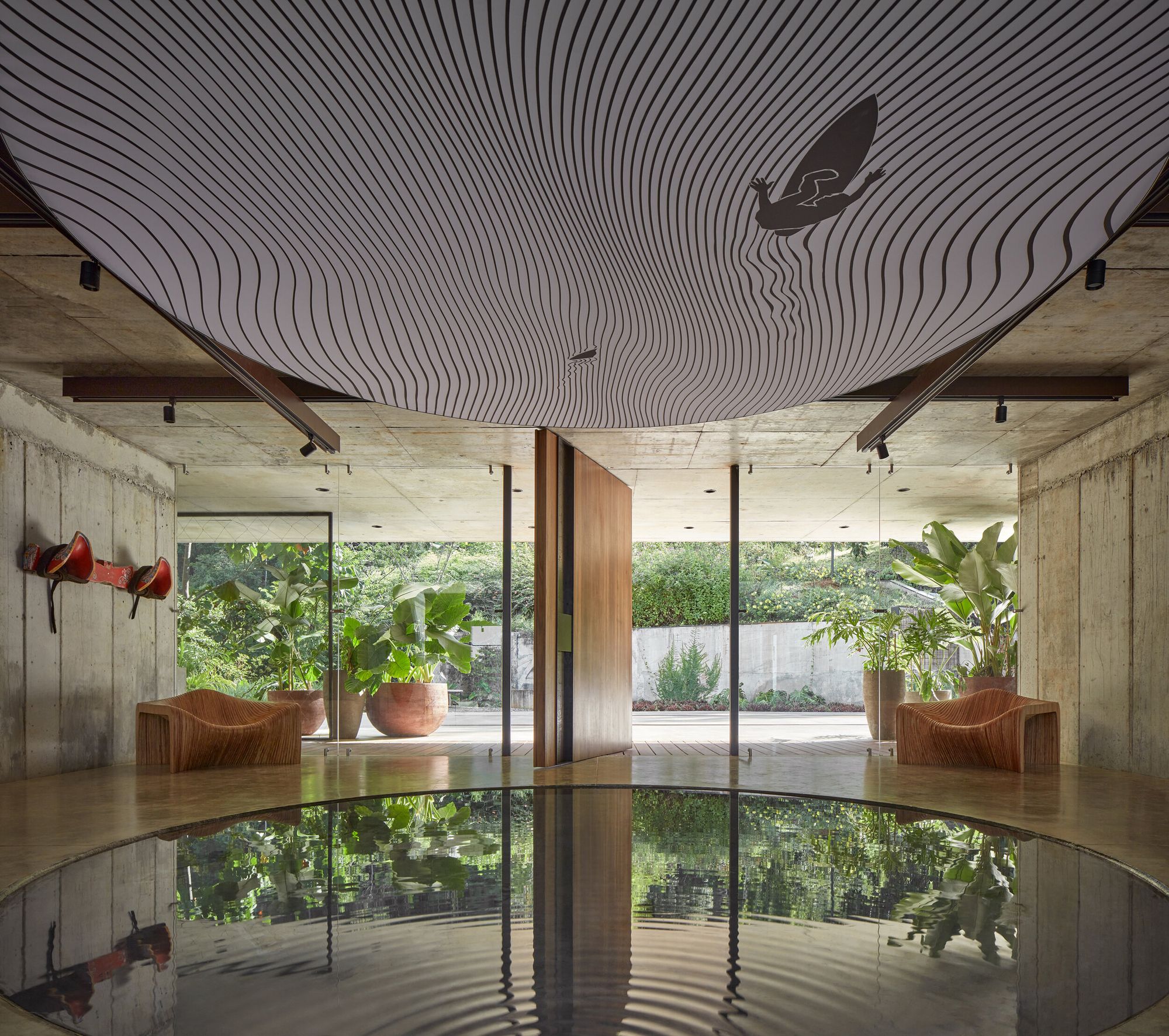

But is sustainability really what these buildings are all about, or is it just another fad that designers are trying to disguise in green?
A serious problem with these buildings is that they rely heavily on the concrete industry, which is one of the biggest carbon emitters, and their extraction can pollute soil and water. However, these arguments are countered by the fact that concrete is one of the most durable construction materials, so these buildings can serve us for a very long time.
But for this movement to fulfill its promises, it cannot be dominated by purely aesthetic needs. To achieve this, we must design houses that rely on renewable energy and use as many natural materials as possible, such as wood, stone, and plants. This is the way to ensure that the original philosophy of brutalism is not just on the surface, but also at the core of the movement.
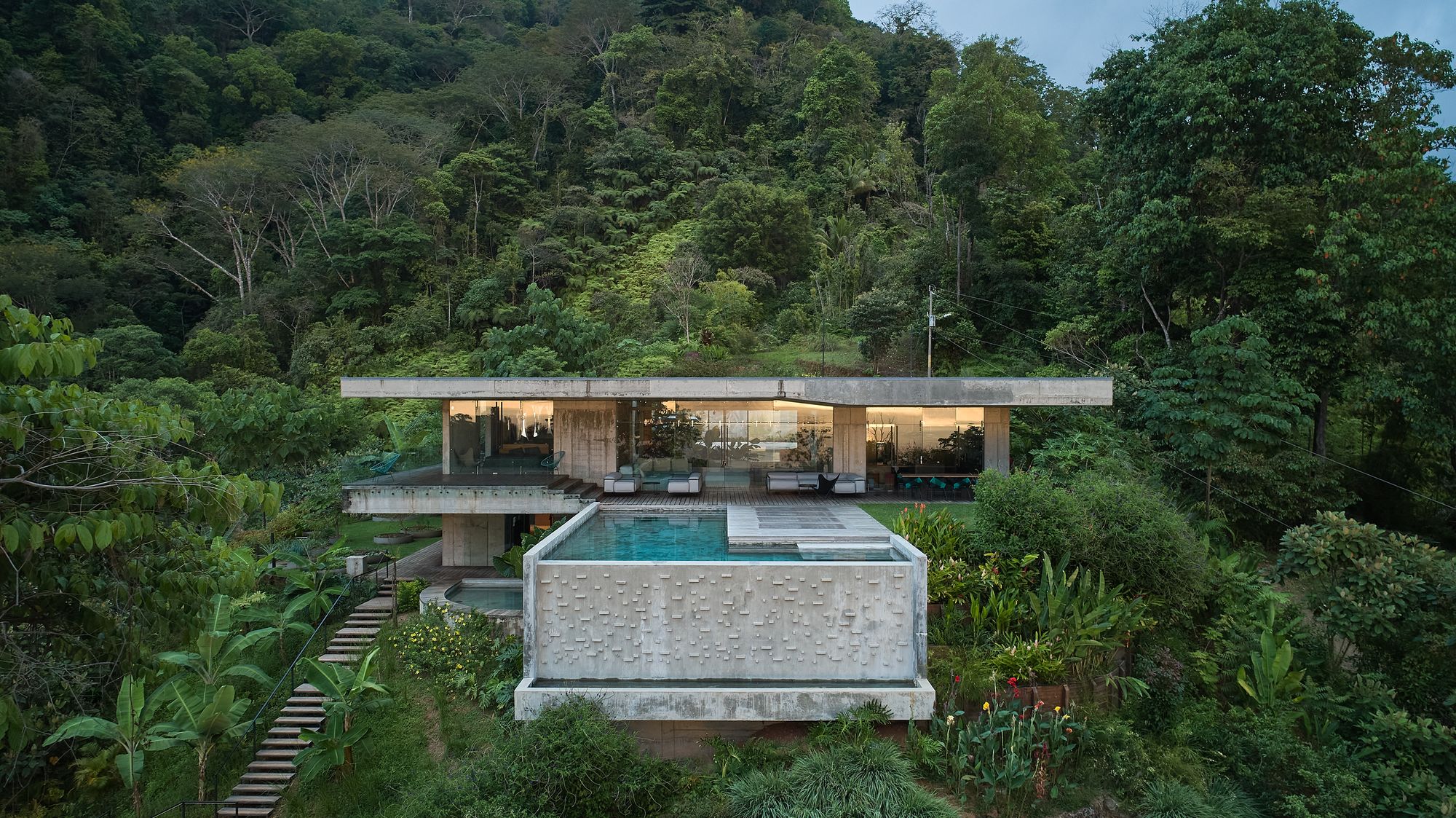

Photos: BoysPlayNice
Formafatal | Web | Facebook | Instagram
Sources: architizer, formafatal.cz
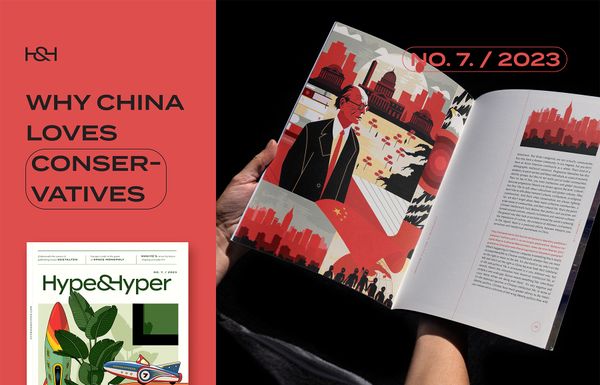
Why China love conservatives?

The constant crisis is a natural state for Central Europe










